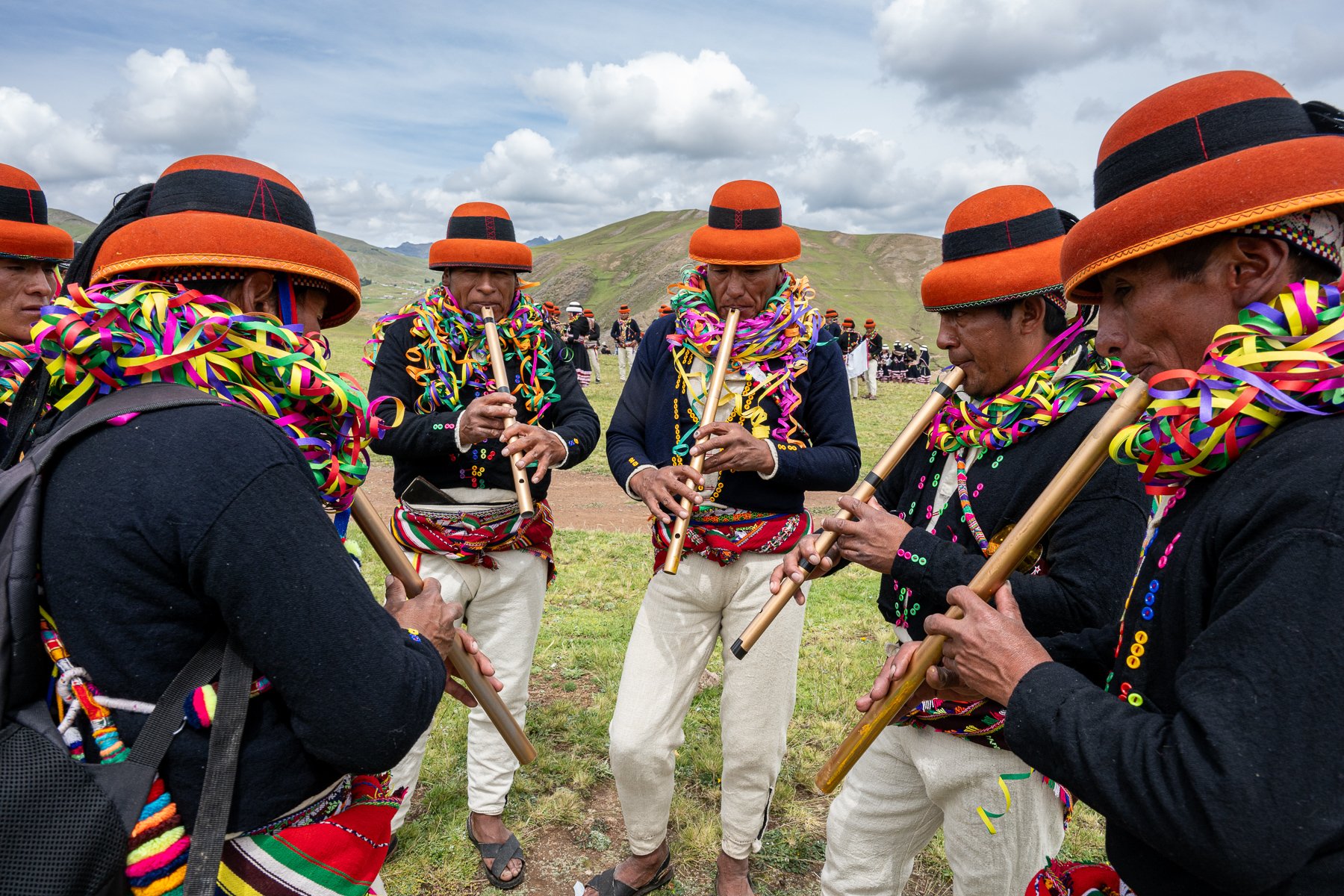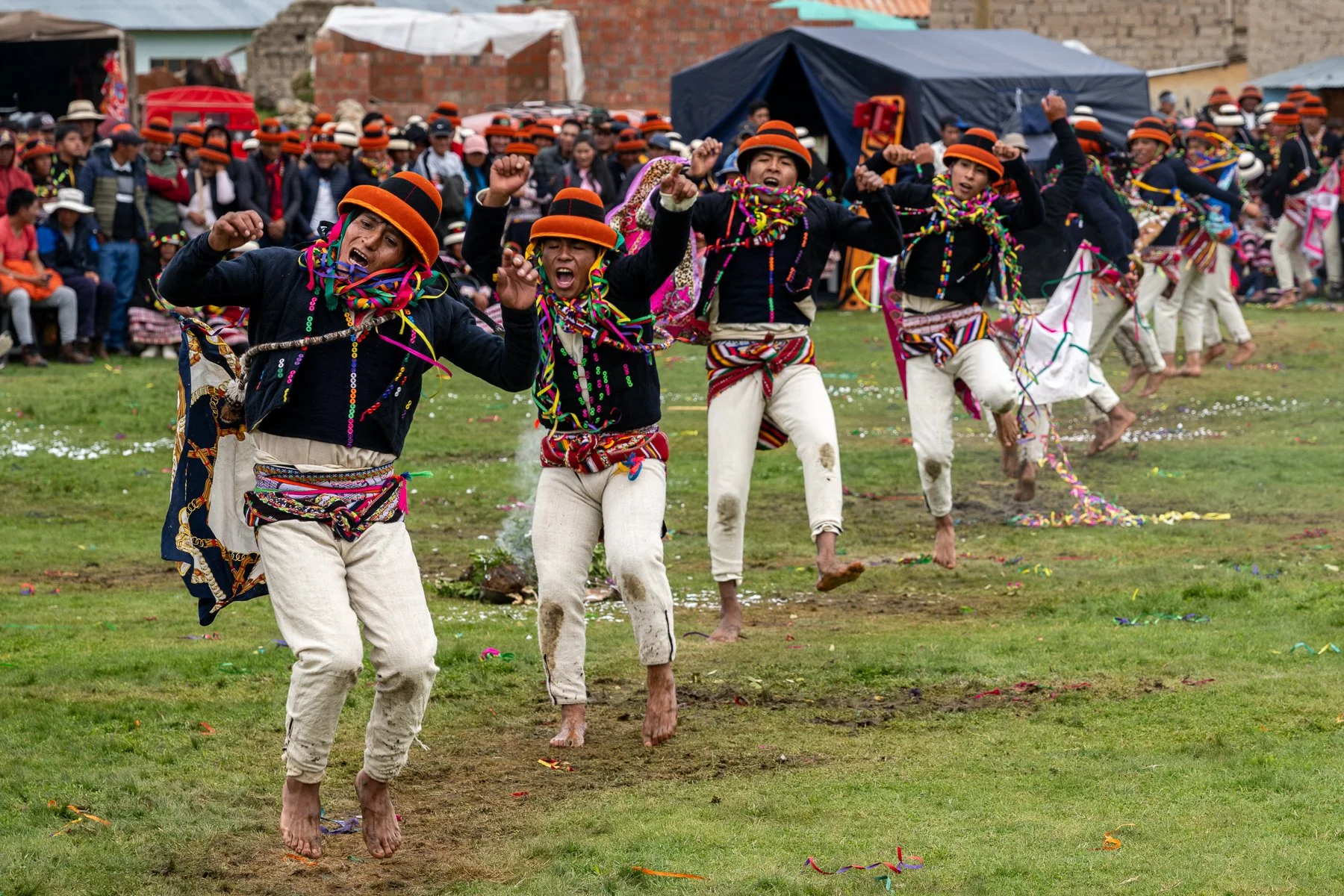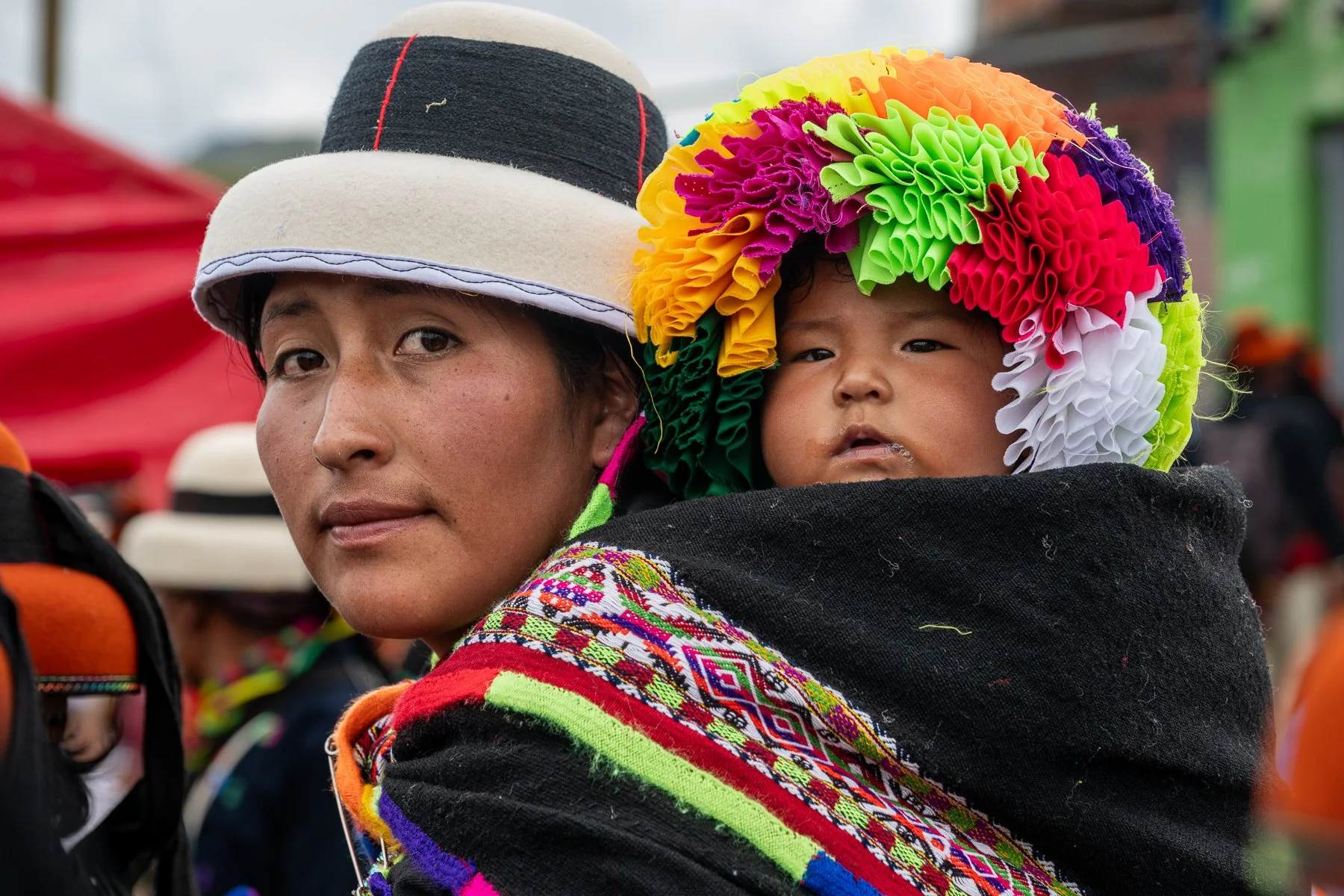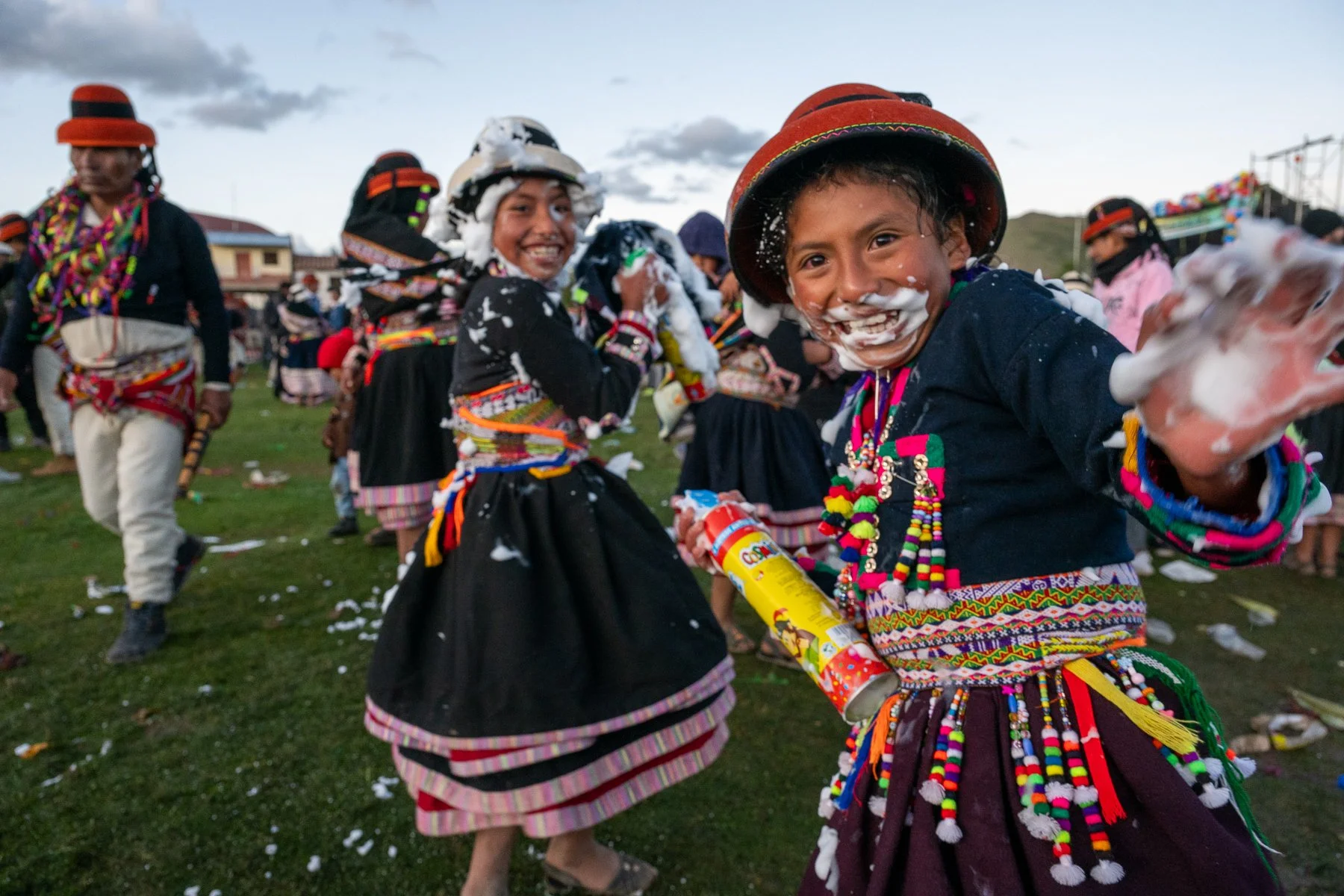Carnival Celebrations - Tambulla
Lent is currently winding down as Holy Week begins and it has been a relatively austere time on the festivity front here in Cusco over the past month. That is to say, there have only been fireworks and bands marching through the streets a measly two or three days a week. It will be back to its regular festive self starting next week though with something to celebrate every day for the next several months.
Kidding aside, it is the most jubilant place I have had the pleasure to know. It is an incredibly festive, joyful, and passionate culture which is one of the things that made me fall in love with the place and people.
Carnival is a time to be particularly joyous and festive. Although Carnival takes place throughout Peru, my goal was to spend Carnival in the peasant communities where traditions remain as intact as they possibly can without being completely cut off from the outside world and stagnant. A place where change comes slowly.
These communities are dependent on agriculture and the celebrations incorporate this element into them. Thanks and gratitude are always given to Pachamama (Mother Earth) and prayers are made for successful crops and healthy herds in the coming year. But mostly, it is a time for celebration.
I did the nine-hour overnight minivan ride from Cusco to the community of Tambulla to experience how Carnival is celebrated there. I was invited by friends who are originally from the community. It was a great opportunity and much appreciated as being introduced to members of the communities is very important for being accepted and trusted.
Each community celebrates a little differently but many of the elements remain the same. On the first day of Carnival, people gather in their hamlet wearing their best traditional clothing and march to the central location where all the surrounding communities gather. In this instance, it was Tambulla.
Each of these communities will carry a banner or flag with the name of their community which they hoist as they parade through the community. Most have emblazoned “Presente” on their banner but they all chant it as they weave their way through the streets and make brief stops at the chicha stations (fermented corn drink) to rejuvenate. It is the same behaviour and proclamations I witnessed during the protests. It seemed to me to be a declaration to say “We are still here, we are strong, we endure, and we remain relevant.” It is powerful and beautiful.
For now, the protests are left behind and the chants are a celebration of their resilience and for life. It is expressed through music which is a type of poetry often sung with the quena (flute) and the quijada (jawbone) along with other traditional instruments. Dances are performed that also tell stories of their lives in the communities. Stories like the harvesting of papas (potatoes) which give life and thanks to Pachamama, as well as tales of love and courtship. The children and young people douse each other with water and foam as the celebrations go on all day and into the night.
This is the first day of Carnival and these celebrations continue for days with different festivities throughout the week. I will try to visit a few more celebrations in other regions next year where traditions and attire are different. Now I need to prepare for the festivities of Holy Week because as I finish writing this I hear music playing not far off in the distance; a reminder that it is time to celebrate again.
Happy spring/autumn equinox to you in whichever hemisphere you find yourself!
MB










